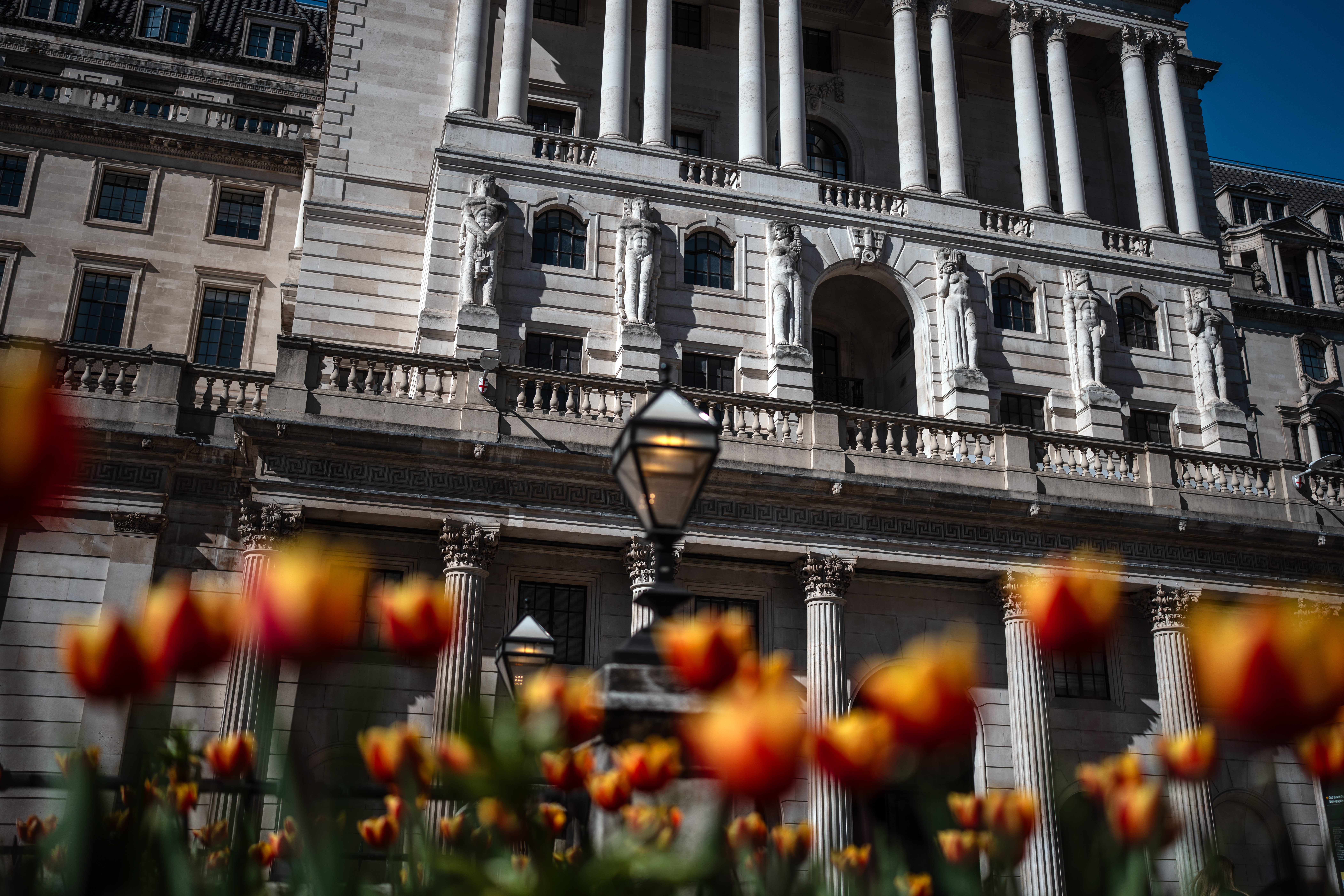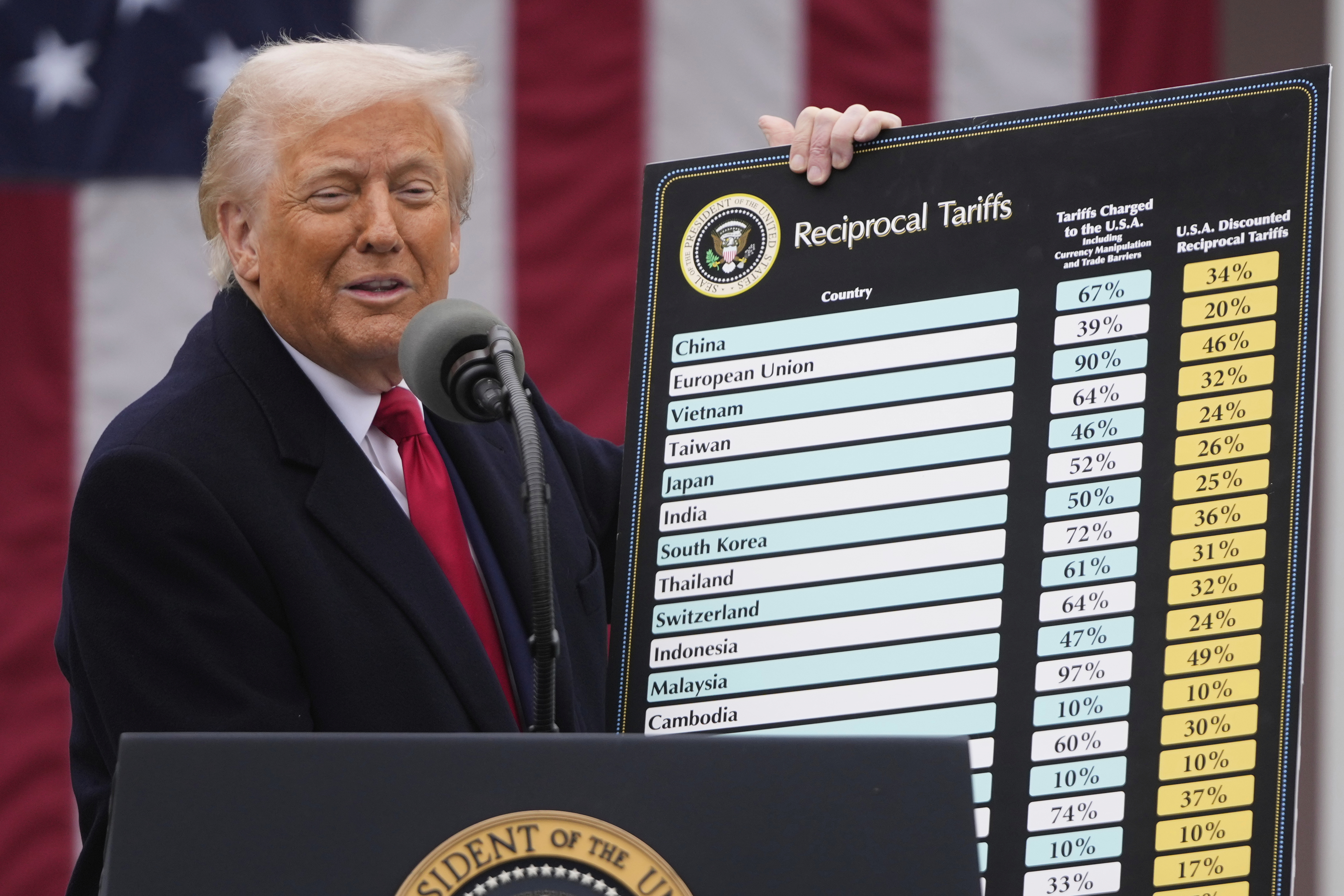Mortgage Rates Drop Below 4% Amid Tariff Impact
Several major mortgage lenders have reduced fixed rates to below 4% as the consequences of President Trump’s international tariffs continue to influence borrowing expenses.
On Tuesday, Halifax and NatWest both introduced two-year fixed rates at 3.94% for potential homebuyers.
Nationwide plans to lower its fixed rates by up to 0.25 percentage points on Wednesday, while Santander and Yorkshire Building Society (YBS) also cut their rates below the 4% mark last week.
Currently, Nationwide offers the most competitive two-year fixed rate at 3.89%, which is available at a 60% loan-to-value (LTV) ratio, down from 4.25% earlier in February.
In a move to ease borrowing criteria, lenders such as Halifax and HSBC are adjusting the rates they use to stress-test borrowers, ensuring that individuals can afford their mortgages even if rates rise.
HSBC noted that its reduction in stress rates would enable an additional 20,000 borrowers to obtain mortgages, and first-time buyers could potentially secure an average of £39,000 more.
The Financial Conduct Authority and Treasury have encouraged banks to adopt more flexible mortgage lending practices to stimulate economic growth.
Aaron Strutt from Trinity Financial stated, “Lenders are clearly aiming to rejuvenate the property market, especially with the approval for more generous loan offerings.
“Many of the newly introduced sub-4% rates are particularly targeted at home buyers rather than those remortgaging, which is logical given the increased stamp duty costs. Mortgage affordability remains a significant challenge for many, so this combination of reduced rates and enhanced loan availability is encouraging news.”

As of April 1, the stamp duty threshold for buyers was adjusted from £250,000 to £125,000, and for first-time buyers, it decreased from £425,000 to £300,000.
Strutt further noted a “Trump effect” contributing to the decline in borrowing costs. The announcement of broad 10% tariffs along with significantly higher US tariffs on Chinese imports has instigated concerns regarding a potential global recession.
Following Trump’s April 2 tariffs announcement, there are growing anticipations that the Bank of England may need to lower interest rates from 4.5% in an effort to counter an economic slowdown. Fixed mortgage rates are influenced by swap rates, which reflect market predictions of future Bank rates, and thus have decreased accordingly.
Peter Stimson from MPowered Mortgages mentioned, “The two-year swap rate has decreased by 0.3 percentage points in the tumultuous three weeks following Trump’s tariffs announcement. Though the largest lenders were slow to respond, we are now witnessing a wave of rate reductions throughout the mortgage sector. This initial wave is unlikely to be the last.”

For the first time in three years, Halifax, NatWest, Santander, and YBS have two-year fixed rates lower than their five-year rates. The most competitive five-year fixed rate is currently 3.89% from Nationwide, accessible to homebuyers at a 60% LTV ratio.
Traditionally, borrowers would pay a premium for longer fixed terms, but this trend shifted as the Bank rate began to rise from its historic low of 0.1% in December 2021 in response to soaring inflation.
Inflation reached its peak at 11.1% for the year ending in October 2022 but fell to 2.6% in March 2023. The Bank rate peaked at a 15-year high of 5.25% in August 2023 and has experienced three reductions since then.




Post Comment